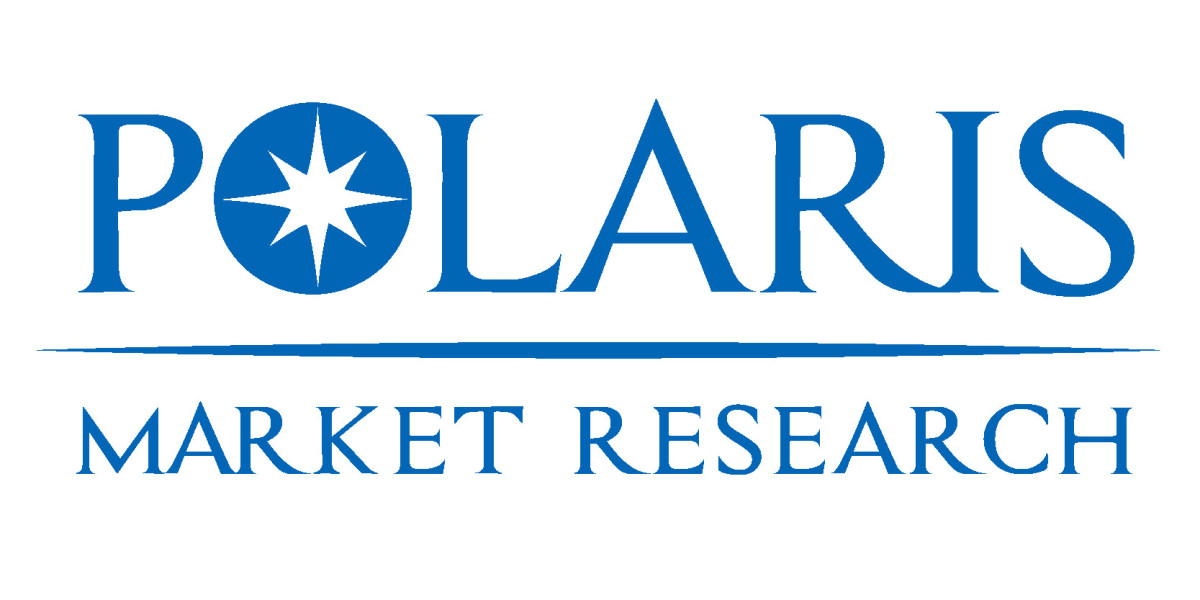The global Dry Eye Disease (DED) market is witnessing unprecedented growth, driven by a combination of increased awareness, lifestyle changes, and the expanding elderly population. Dry eye disease, a prevalent chronic eye condition, continues to affect millions worldwide, imposing significant healthcare and economic burdens.
New research highlights the rapid evolution of the market, fueled by technological breakthroughs, demographic shifts, and greater attention to ocular health. Companies are intensifying their focus on innovation, aiming to improve the quality of life for patients who suffer from symptoms such as dryness, irritation, and inflammation of the eye.
Market Overview
Dry Eye Disease (DED) is a multifactorial disease of the ocular surface characterized by a loss of homeostasis of the tear film, accompanied by ocular symptoms such as discomfort, visual disturbance, and tear film instability. It is typically caused by decreased tear production or increased tear evaporation and is often associated with inflammation of the eye.
A range of treatments is available for DED, from over-the-counter artificial tears to prescription anti-inflammatory medications and even surgical interventions. The market has become increasingly segmented, reflecting the wide diversity of patient needs and disease severities.
The burden of dry eye is growing in parallel with aging populations, digital lifestyle changes, and environmental factors, making it one of the most pressing public health concerns in ophthalmology today.
Market Segmentation
The Dry Eye Disease market can be segmented based on product type, disease type, and distribution channel.
By Product Type
Artificial Tears:
Artificial tears remain the first-line treatment for mild-to-moderate cases of dry eye disease. Innovations in preservative-free formulations and lipid-enhanced products are enhancing efficacy and patient compliance.Anti-inflammatory Agents:
Prescription therapies targeting inflammation of the eye (such as cyclosporine, lifitegrast) are increasingly used in moderate-to-severe cases.Punctal Plugs and Devices:
Minimally invasive devices like punctal plugs, which block tear drainage, are gaining traction as an effective solution for chronic cases.Surgical Treatments:
For severe, refractory cases, surgical interventions such as tarsorrhaphy and amniotic membrane transplantation are considered.
By Disease Type
Evaporative Dry Eye:
Commonly associated with Meibomian gland dysfunction (MGD), this form leads to increased tear evaporation.Aqueous Deficient Dry Eye:
Characterized by insufficient tear production, often linked to autoimmune disorders like Sjögren's syndrome.Mixed Mechanism Dry Eye:
A combination of both evaporative and aqueous deficient mechanisms, making it more complex to treat.
By Distribution Channel
Hospital Pharmacies:
Larger, more complex prescriptions often flow through hospitals.Retail Pharmacies:
A major outlet for OTC artificial tears and mild therapeutic products.Online Pharmacies:
An increasingly popular channel, especially for consumers seeking convenience and access to a wider range of products.
Browse Full Insights:
https://www.polarismarketresearch.com/industry-analysis/dry-eyes-disease-market
Regional Analysis
North America
North America leads the global DED market, supported by a combination of strong healthcare infrastructure, high patient awareness, and the widespread adoption of advanced treatments. The U.S. dominates the region with extensive use of anti-inflammatory agents for managing ocular surface diseases.
Factors such as longer screen time, an aging demographic, and an increasing emphasis on eye health have driven market expansion. In Canada, government initiatives promoting ophthalmic healthcare are similarly propelling market growth.
Europe
Europe holds a significant share, buoyed by its aging population and robust healthcare systems. Countries like Germany, the United Kingdom, France, and Italy are major contributors.
Increased preference for preservative-free artificial tears and the development of advanced drug delivery systems for dry eye therapies are critical trends shaping the European market. Regulatory support for ophthalmic care and improved insurance coverage also support steady growth.
Asia-Pacific
Asia-Pacific is the fastest-growing regional market, driven by the increasing prevalence of dry eye disease due to urban pollution, growing use of digital devices, and heightened awareness.
China, Japan, South Korea, and India are leading the expansion. Rising healthcare expenditure, government initiatives to promote eye health, and the entry of global companies are reshaping the DED market landscape in the region.
Emerging economies are witnessing a surge in demand for OTC products, especially artificial tears, as awareness grows about the impact of untreated dry eye conditions.
Latin America
Latin America is exhibiting moderate growth, led by countries like Brazil, Mexico, and Argentina. Increased internet penetration and the growth of online pharmacies are helping patients access dry eye therapies more readily. However, affordability remains a constraint in some parts of the region.
Middle East & Africa
The Middle East and Africa are emerging markets where hot, arid climates significantly contribute to the prevalence of ocular surface diseases. Government initiatives to improve ophthalmic care infrastructure, particularly in the UAE and Saudi Arabia, are starting to yield positive results.
Key Companies
The competitive landscape of the dry eye disease market is marked by innovation, strategic partnerships, and product diversification. Key companies actively contributing to the growth of the market include:
Novartis AG
Novartis is a leader in ophthalmology, offering advanced anti-inflammatory drugs like Xiidra and exploring new therapies aimed at restoring tear film balance.Santen Pharmaceutical Co., Ltd.
Japan-based Santen has a strong focus on the DED space, with several novel therapeutic solutions for chronic eye conditions.Sun Pharmaceutical Industries Ltd.
Sun Pharma markets Cequa, a cyclosporine-based eye drop that addresses the inflammatory aspects of dry eye disease.Johnson & Johnson Vision
A major player in the ophthalmic OTC market, J&J offers a range of advanced artificial tears and contact lens solutions aimed at enhancing ocular health.Bausch + Lomb Incorporated
Bausch + Lomb offers a diverse portfolio of dry eye therapies, from prescription drops to OTC lubricants, catering to a wide patient base.Otsuka Pharmaceutical Co., Ltd.
Otsuka is at the forefront of developing biologics and regenerative medicine approaches for severe dry eye cases.
Emerging biotechnology firms are also making significant inroads by developing targeted therapies that address specific pathways involved in inflammation of the eye and tear film instability.
Conclusion
The global Dry Eye Disease market is poised for robust growth, driven by demographic changes, lifestyle factors, and continuous innovation in treatment modalities. Increased public awareness of ocular surface diseases, along with improved access to advanced diagnostics and therapies, is helping more patients receive effective care.
However, to maintain this momentum, stakeholders must address challenges such as affordability, patient compliance, and the persistent issue of underdiagnosis. As research uncovers new insights into the pathophysiology of dry eye, the future of DED management will likely see even more targeted, effective, and accessible solutions.
More Trending Latest Reports By Polaris Market Research:
Customer Experience Management Market


